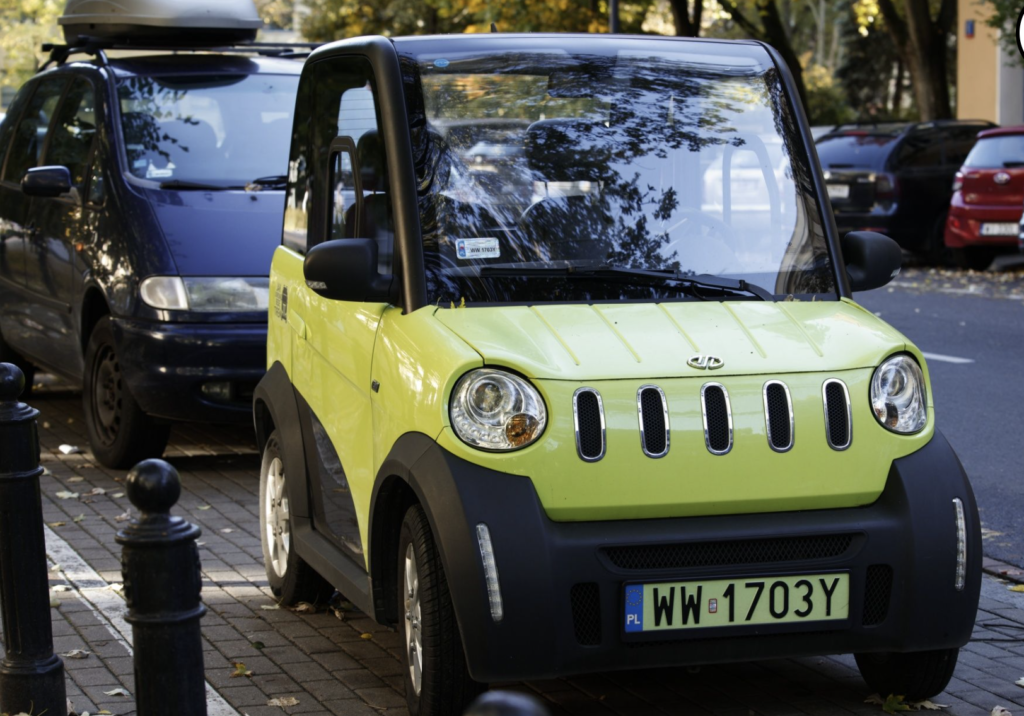Typical Transportation Grid Plan for a Tiny Community
Context
This is the fourth blog series on the tiny home movement. What began as an exploration of tiny home residences has morphed into an exposition on ‘tiny home communities.’ As the investigation deepens, it is clear that tiny residential units or “accessory dwelling units” (ADUs) can not become sustainable stand-alone units, but will only thrive in the context of multi-unit communities.
So far, I’ve laid out plans and requirements for the ADUs themselves, their energy needs, and self-sufficient food supplies. Now I turn to transportation. My focus here is transportation (and movement) within and between these communities. I don’t mean to neglect a larger issue of inter-urban transportation, but I want to stay local and community-focused.
Why
And why do we want (and need) to change our way of thinking about transportation? This infographic neatly sums up the six major reasons. Notice how these factors overlap with our general goals for tiny communities.

General Framework
First, consider these tiny communities as intermodal hubs. That is, they are the on and off-ramps to larger transportation networks. You could envision that in today’s terms as bus or rail stations. Transportation technology will be vastly different than the legacy of the industrial era. Let’s start with how you will get out of and into these communities.
But first, a caveat. This is not about a jetsonian view of the future. Not: self-driving or flying cars. Remember that automobiles were first called ‘horseless carriages’ because we didn’t even have the language to describe the new technology – we had to revert to modified descriptions of the old. So it will be here.
To and from: vertiports
Vertiports are built environment locations and structures that are used by ‘vertical take-off and landing’ (VTOL) aircraft. Think helicopters. But in the future, these VTOL aircraft will be much smaller and will carry both passengers and cargo. According to industry experts:
“The companies developing electric vertical takeoff-and-landing vehicles all promise that their aircraft will drastically slash travel times by flying above traffic. But to fulfill that promise, their take-off and landing sites – or vertiports – will have to be where passengers need them.”

Tiny home communities will be those locations. These transportation hubs could become critical parts of urban or regional mobility ecosystems, linking fast and convenient air travel to other forms of transit, like airports, buses, trains, and ride-hailing networks.
Inside: Microcars

How does one get around, move groceries and get deliveries within the community? Anyone who has lived in a ‘retirement community’ knows the ubiquitous golf cars (as they call them today – ah, perhaps today’s ‘horseless carriage’). But these are normally restricted from public roadways because of safety and insurance issues.
Refer back to my opening header graphic. Can you spot the Trailways for the microcars? But we will need something different tomorrow because the tiny communities will be more like self-governing cooperatives. (More about this in the upcoming blog on finance).
Out and About
One of the design criteria for these tiny transportation systems is the encouragement of healthy lifestyles. And that means walking, biking, and self-propelled movement. I call it ‘micro-mobility’.
How do I get to the garden area? How do I go to the community center in the evening for the concert or performance? And yes, How do I go to the drone drop-off point to get my last Amazon or Walmart delivery? Let’s help everyone get those 10,000 steps per day. I think the answerer will be intentionally designed walking and bike paths.
“If I could wave a magic wand with the infrastructure bill, I would not be focusing on building new roads really much at all—certainly not new highways. I would be focusing on building sidewalks and bike lanes in our existing communities,”
Ellen Dunham-Jones,Director of the urban design program at Georgia Tech
The Driving Force
And what will be the driving force behind all of these new tiny community transportation changes? Energy use of course. Take a look back at my previous blog on energy generation in tiny communities. (https://media.awakeningtowholeness.net/future-ready-sustainable-energy/)
This is where all that surplus electricity can go.
Next Up: Environment
My next blog will look at the environmental impacts of tiny communities. Not just de-carbonization but also solid and wastewater but O2 generation, and biodiversity. Well, I guess that’s the end of the line for now.
Take us out Wilbury’s


Leave A Comment
You must be logged in to post a comment.